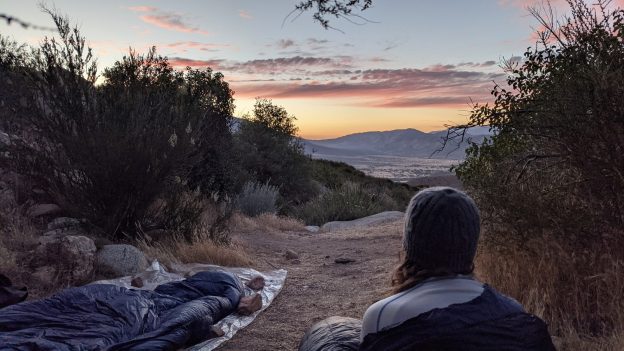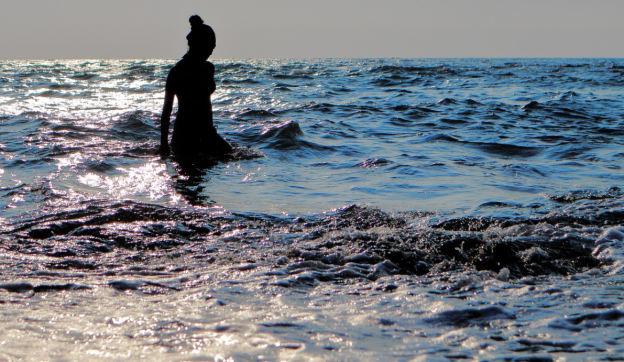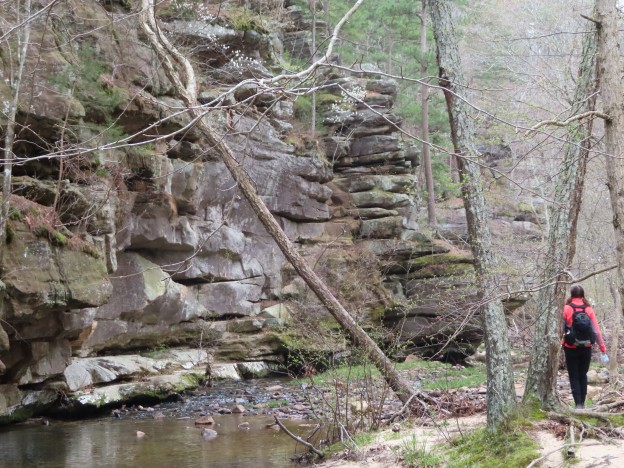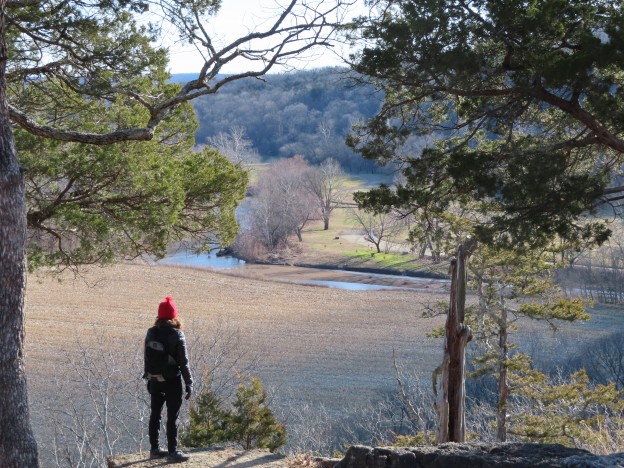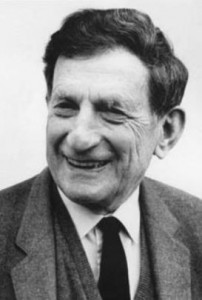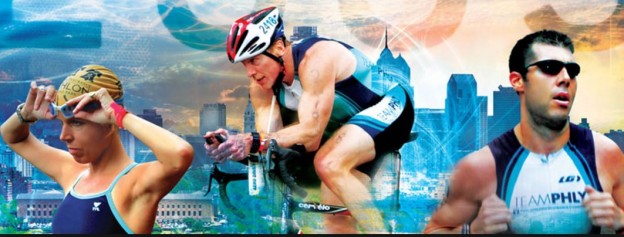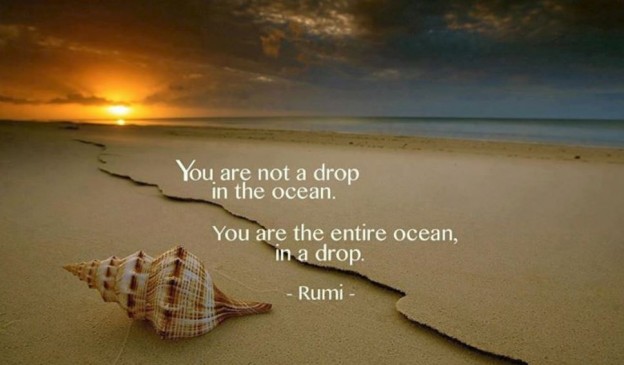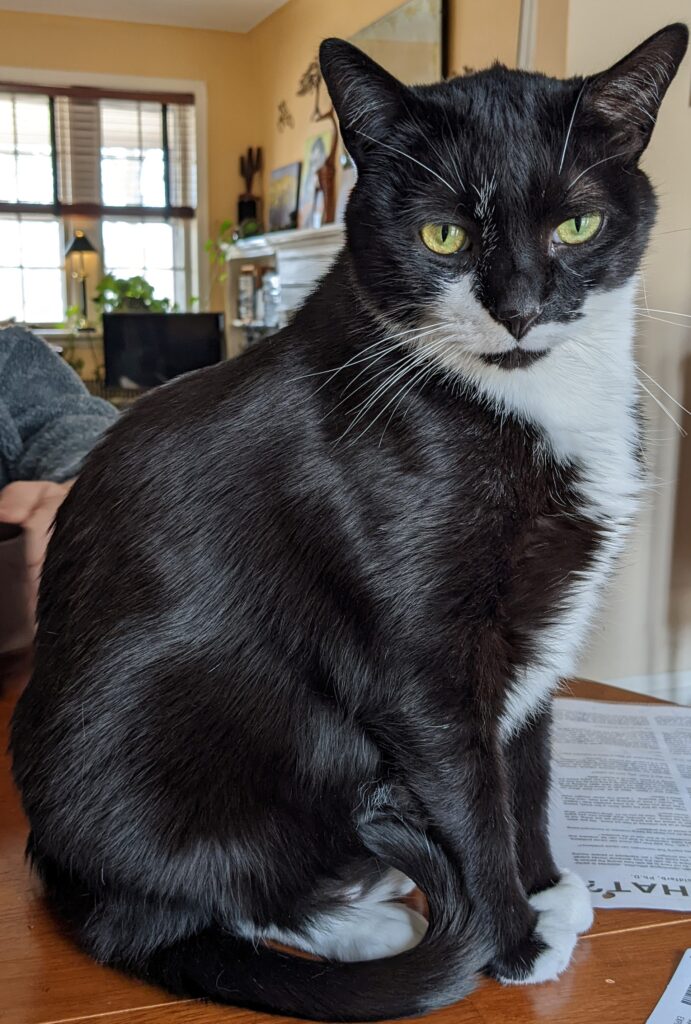
How we move is how we express ourselves. Our thoughts, feelings, and sensations effect how we move and how we move effects our thoughts, feelings and emotions. Our human experience is the collection of our thoughts, sensations, emotions, and movement. All of these things program our brain as much as our brain lets us experience all of these things. It’s an open highway of communication between each and all of these things. Our environment created each of us and we also create our environment. The choices we make lead us to where we are.
Life can be hard. But, our amazing human organism can find a way to let it be experienced a little easier. I say, “our amazing human organism,” for a reason. Most folks believe that the harder they try and the more they give thought to something the better it will be. Unfortunately, that’s your “smarty pants” self talking, the one that thinks it, “knows best.”
When in actuality your amazing human organism that grew into you from your little baby self, learned how to walk, talk, breath, digest food, circulate blood, grow hair and fingernails, store fuel for use later, use fuel for activities now, repair broken skin, repair broken bones, and take you from point A to point B via whatever form of travel you choose. NOW that is something!! I am pretty sure you actually have no idea how your human organism does all those wonderful things. As you shouldn’t need to know. It’s all automatic.
As we go through our lives we experience lots of things. All of those things add into who we are. Our brains and bodies get good at learning and adapting to those experiences. Sometimes our adaptations get added into our auto pilot functions and cause us to experience more difficulty than needed. If we’ve unknowingly created one adaptation that conflicts with another and it gets stuck in the autopilot, the autopilot has us doing more work than we need to do.
Actually this happens all the time. We use our “smarty pants selves” to program our auto pilot instead of letting the natural functions of gravity, sensation, and awareness do it for us, like we did when we were babies. When we’re babies that’s all we have, the reflexes that we are born with, gravity, sensations, and attention. It works like magic. We’re born in a little weak blob of flesh and bones and nerves that progressively grows larger and larger inside a womb to be delivered into the open air. Within about a year or so we’re up and walking, soon after talking, and next getting into a little trouble. It happens automatically. No one teaches you those things specifically. Just living in gravity and relating to what’s around you allows your amazing organism to learn to do exactly what it needs to.
One year olds don’t usually have back pain. They are weak as kittens and just barely able to balance enough to walk in one direction. How is it that we develop back pain as adults? Many will say “too much sitting.” Maybe so. Do you have conflicting programs in your auto pilot while sitting that are saying “gosh I just want to relax” and “sit up straight,” at the same time? This is a very common situation. But, by learning how to sense the structure of your pelvis and spine and letting go of some old ideas that “you must sit up straight,” might just allow you to find a comfortable way of sitting. It may sound like a weird kind of learning. But, it’s real and it works! Mindbodyscienceworks! 🙂
